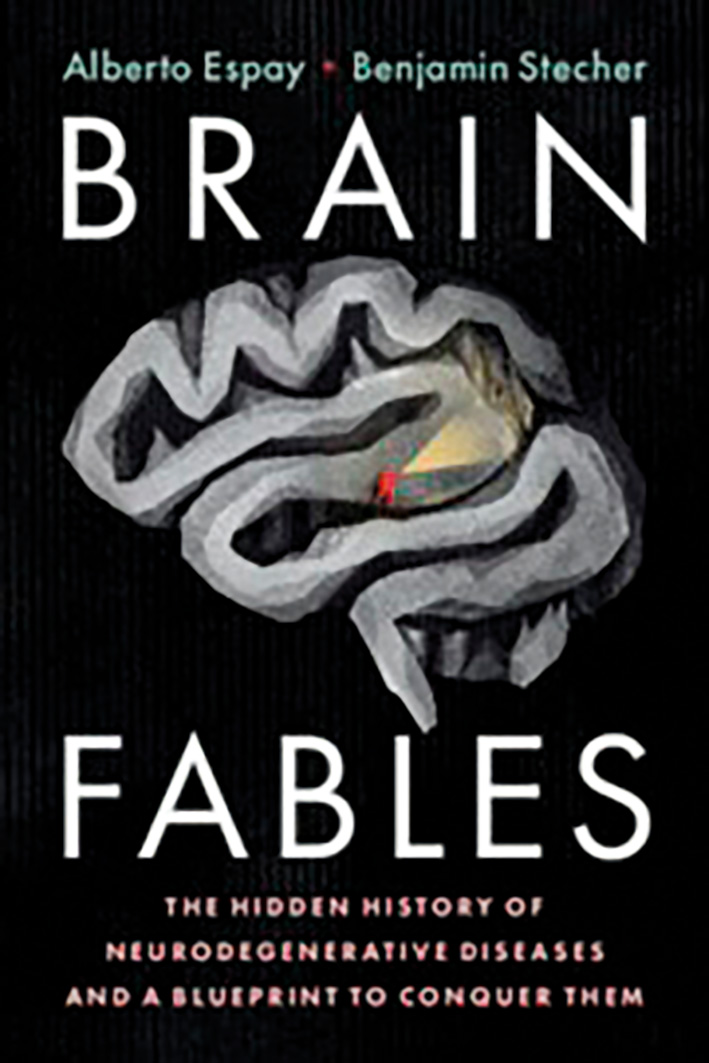In this short book, a neuroscience researcher and a patient with early onset Parkinson’s disease team up to present an account (critique, diatribe, invective, reflection, corrective?) concerning the state of understanding of neurodegenerative diseases, in particular Parkinson’s (PD) and Alzheimer’s (AD), and suggest ways forward. This is prompted by a belief that current research is focused too exclusively on aggregated proteins in the pathogenesis of these diseases (alpha-synuclein, amyloid beta-peptides, tau) and by the recurrent failure in AD of treatment trials targeted at these molecular species.
The culprit is exposed as clinical diagnosis. Specifically, by prioritising clinical diagnosis over biological understanding, clinical definition has been allowed to dictate biological truth. As a result, there has been a tendency to fit data to purpose rather than purpose to data, leading to, for example, biasing of genome-wide association studies. Another illustration of the error of this approach is the frequency of mixed pathology, a finding indicative of the biological overlap of clinical definitions. According to the authors, PD and AD are hence, biologically speaking, “fictional constructs,” a formulation which will not sit comfortably for many clinicians and patients.
The proposed solution is a biology-first approach, agnostic to phenotype, with secondary definition of patient subgroups according to biomarkers, a segregation which may not result in homogeneous clinical clusters. However, the greater homogeneity of biological subtypes may enhance the chances of success in treatment trials (examples of this approach in oncology are cited as a possible model), perhaps using known therapeutics repurposed from previous failed trials. Such trials may target much smaller, selected patient groups (e.g. carriers of autosomal dominant genetic mutations) with no necessary expectation that any efficacy will translate to other biologically defined groups.
No one working in the field of AD can be unaware of the shortcomings of the amyloid hypothesis, nor that the failure of all recent treatment trials may in part be due to the clinical definition of study participants resulting in heterogeneity in trial cohorts. The imperfect mapping of clinical diagnosis to pathology is well recognised. Few then, I think, would demur from the suggestions made. But what are the consequences for clinical practice in the meantime? However biologically appropriate, this approach may engender little immediate hope for patients and carers.
